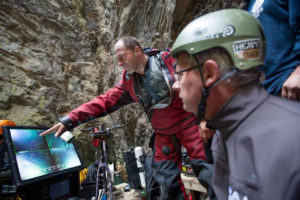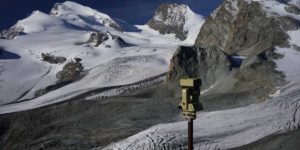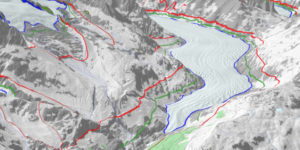by C. Hartley, August 31, 2020 in ScienceAAAS
For decades, spelunkers have flocked to the flooded caverns of the Czech Republic’s Hranice Abyss, which stretches farther below ground than any other freshwater cave system. Now, a scientific campaign to the cave has revealed it is 1 kilometer deep, more than twice as deep as previously thought. The researchers also say the abyss formed as groundwater seeped down from the surface, not as water percolated up, as previously believed—a finding that could call into question the origin of other deep caves.
The abyss sits in karst, a Swiss cheese–like terrain formed when soluble rock such as limestone is slowly dissolved by water. Most caves form from the surface downward, when water from rain or melted snow—slightly acidic from dissolved carbon dioxide—makes its way underground, eating into rock and creating cracks that widen over time. However, deep caves can also form from the bottom up, when acidic groundwater heated by Earth’s mantle burbles up. Researchers believed the Hranice Abyss was in this second category because its waters contain carbon and helium isotopes that come from deep inside Earth.
The Hranice Abyss is the world’s deepest freshwater cave. But it is not the deepest overall. That honor belongs to Georgia’s Veryovkina Cave, a 2.2-kilometer-deep incursion formed when sea levels in the neighboring Black Sea dropped dramatically millions of years ago. In 2016, researchers using a remotely operated vehicle estimated the Hranice Abyss to be 473.5 meters deep. However, the vehicle’s fiber optic communication cable kept it from going deeper, and the true extent of the cave system remained a mystery.



